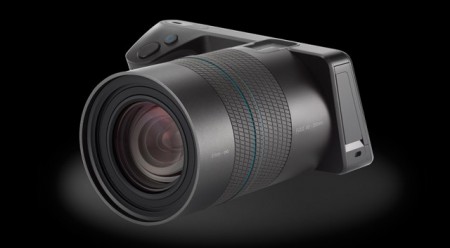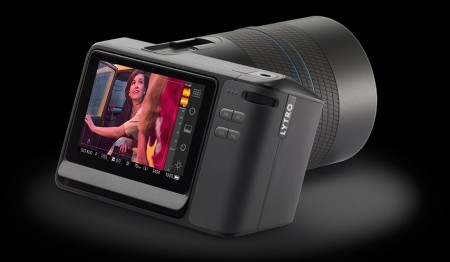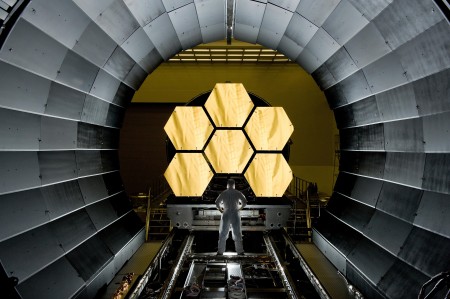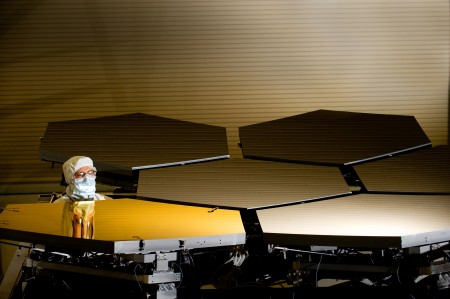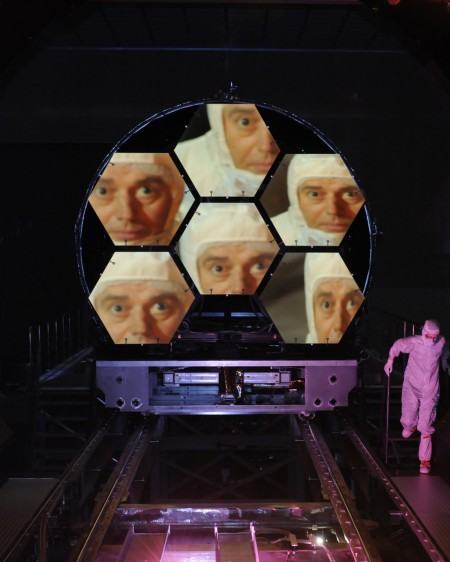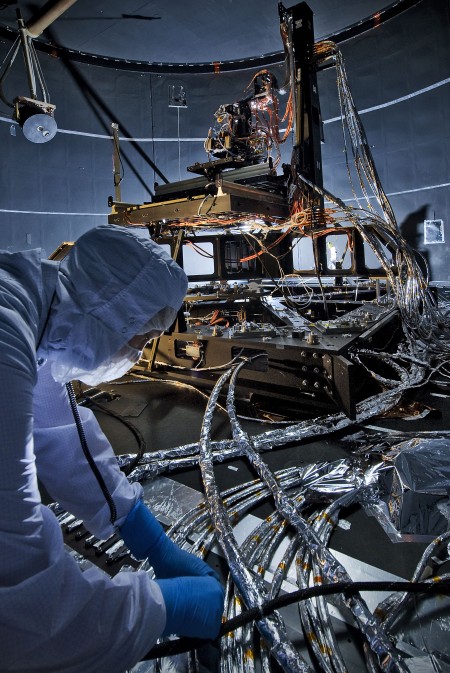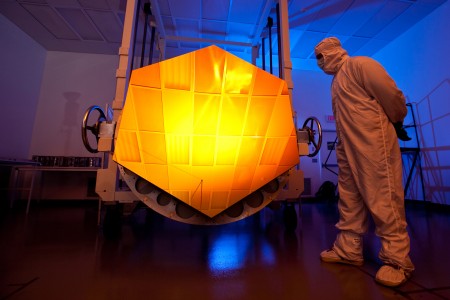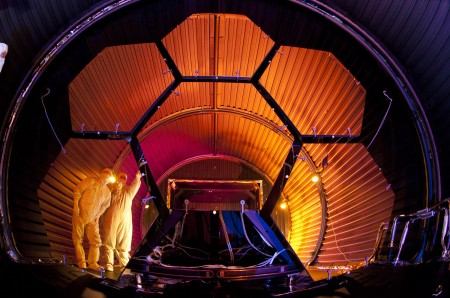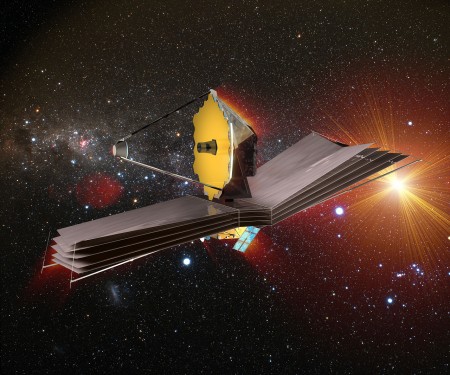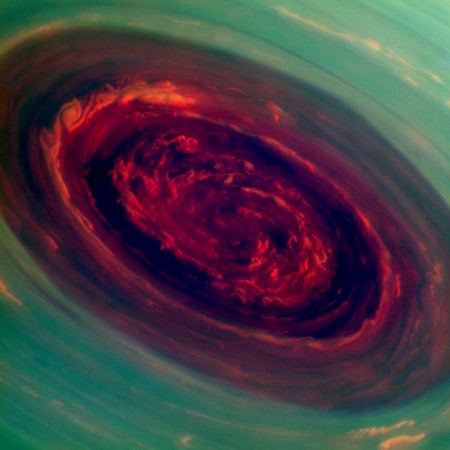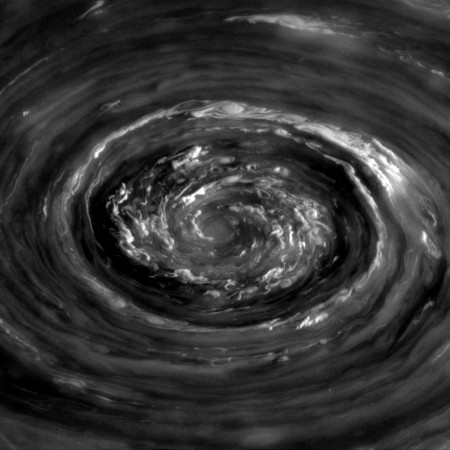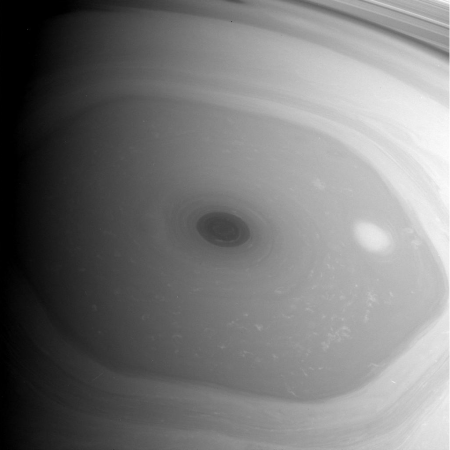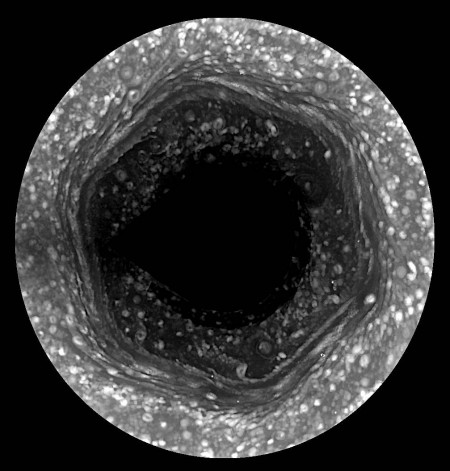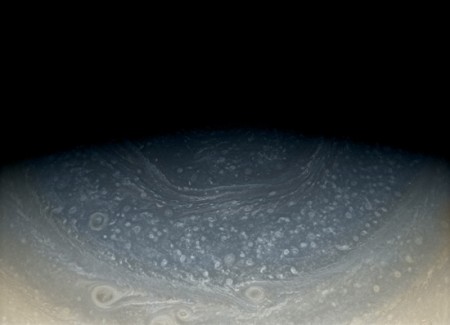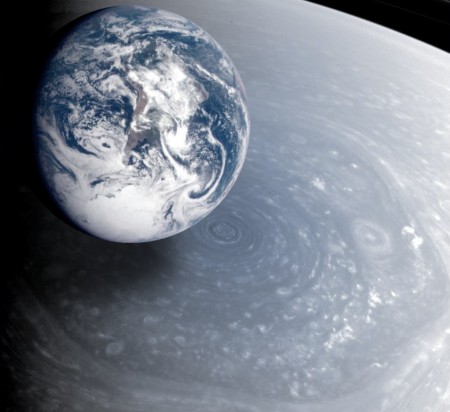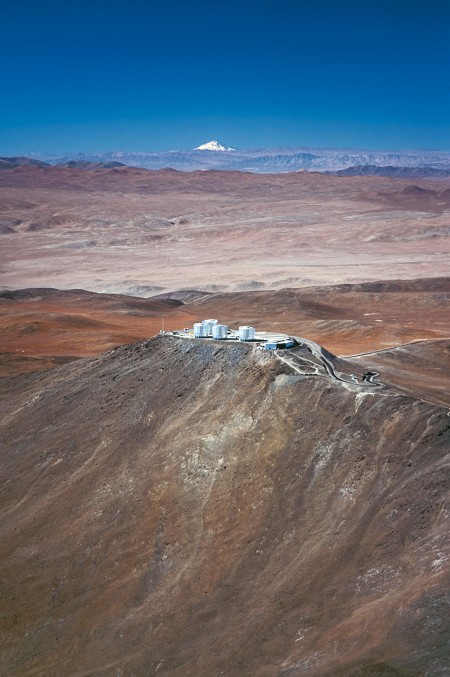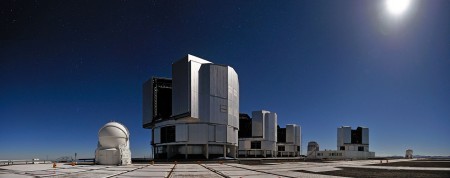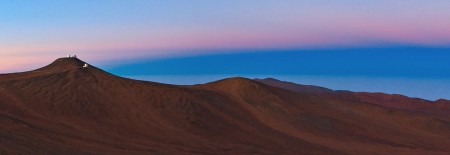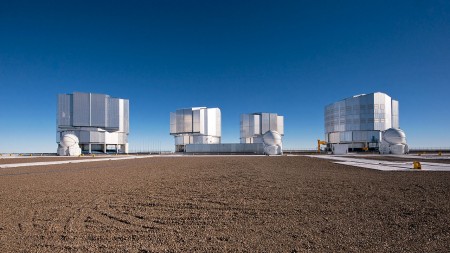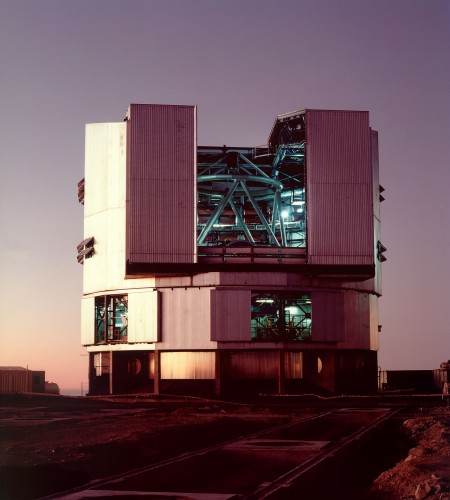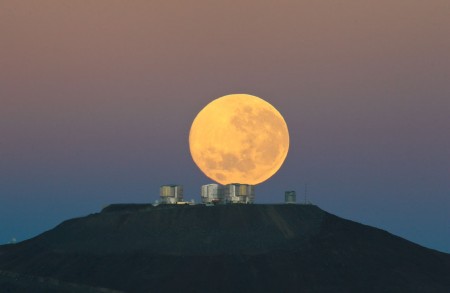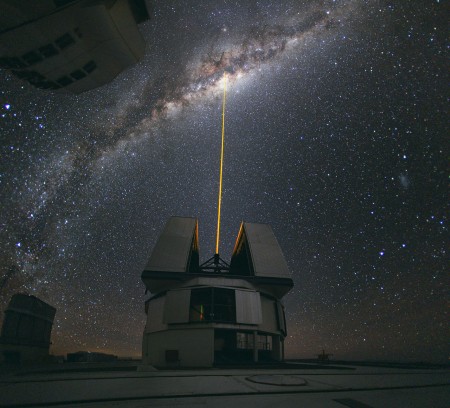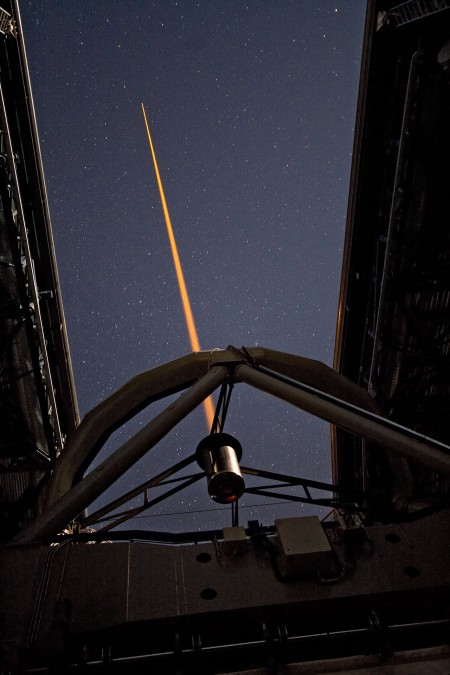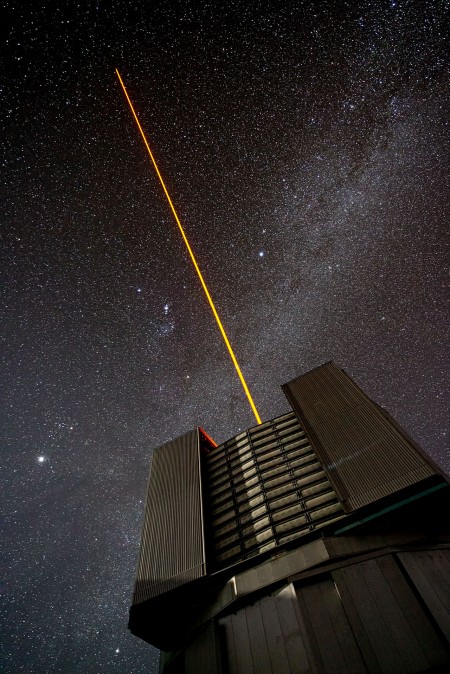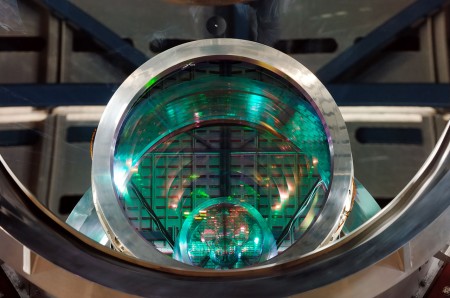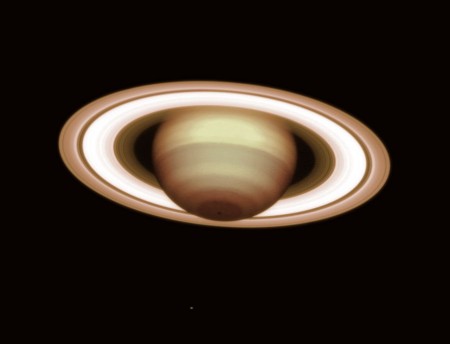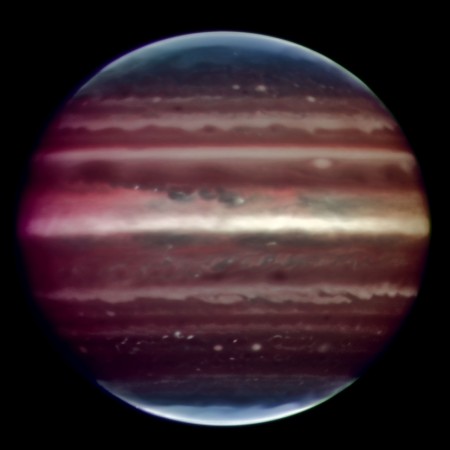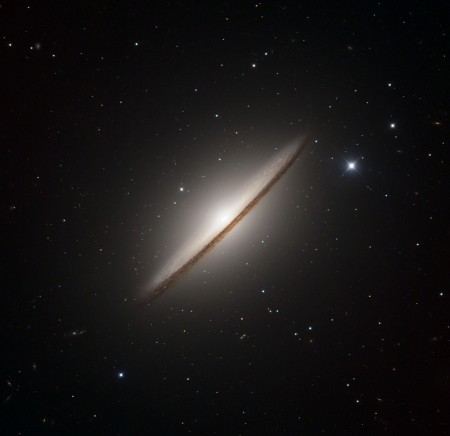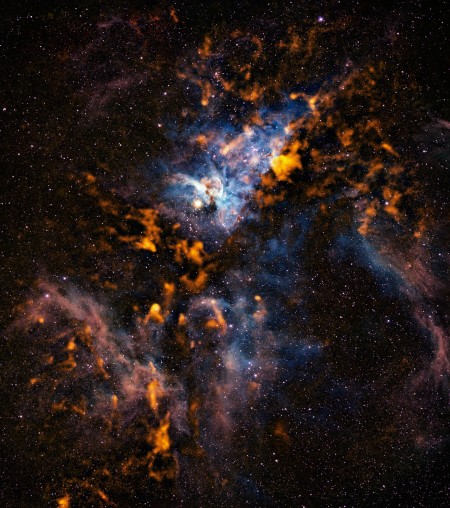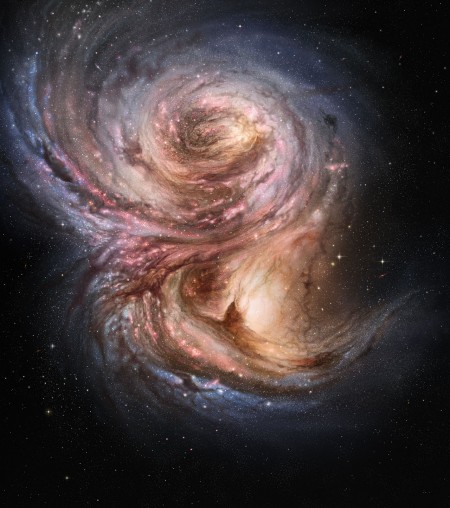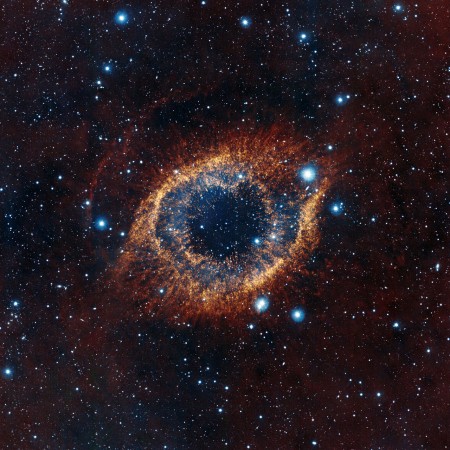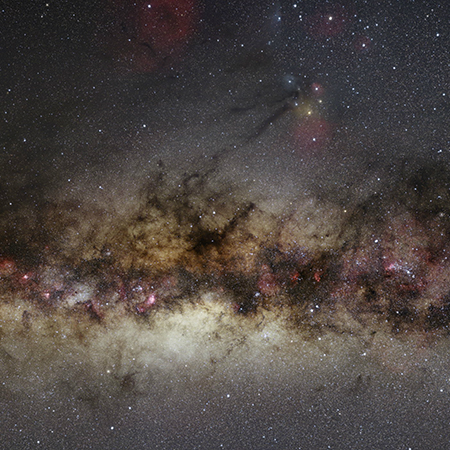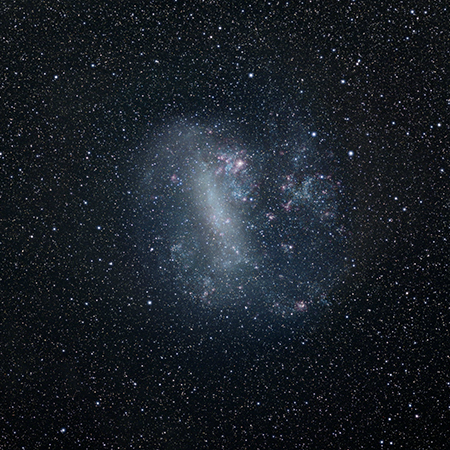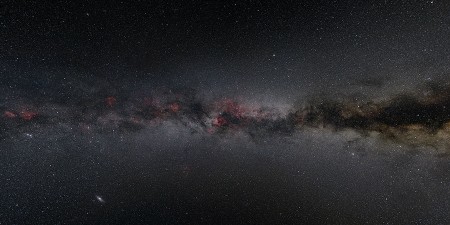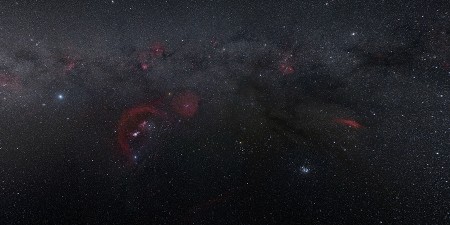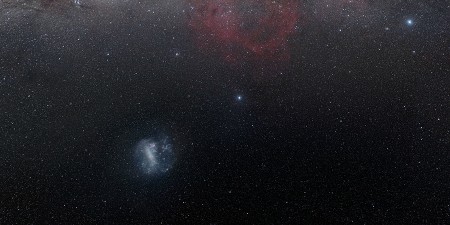Lytro Illum Light Field Camera
You may remember seeing the first Lytro light field camera here on the blog back in 2011. If its unconventional box-like shape wasn’t enough to catch your eye, the astounding technology that enabled photographers to adjust the focal point of the image after it had already been captured surely would have. Check out an example below, you can click to change the focal point and scroll to zoom in and out. There are more samples on Lytro’s Gallery page.
Well, now Lytro is back with the next evolution of the light field camera: the Lytro Illum. Physically, it appears much more in-line with traditional point-and-shoot cameras than its radical predecessor, with an angled display screen that gives the profile of the camera big points on both character factor and, I’d imagine, ergonomics. I’ve also read in some hands-on reviews that it feels remarkably light, weighing in at less than two pounds…yes, that lens that looks like a cumbersome beast apparently weights only half a pound.
As pretty as the Illum is on the outside, it isn’t until you take a look at what’s inside that you can get a sense for how revolutionary this camera really is. The Illum uses a patented micro-lens array that captures data about color, light direction and intensity, storing this data for later use. This is the key difference between light field cameras and other cameras, which generally don’t give you much control over the photo once it’s been taken. A special Lytro button enables a helpful UI overlay that outlines the contours of objects in the shot, giving a sense of depth and a preview of how the image’s focus will be able to be adjusted by its viewers.
Perhaps the biggest kicker of all is the price tag. Looking at a piece of technology as revolutionary as this, you might instantly assume that it’s going to run tens of thousands of dollars. Wrong. It’s being listed at around $1,599 USD, which isn’t exactly cheap, but in the photography field it actually is very affordable. In his original post, Jon finished it off by opening the table for ideas on how this technology could be applied to great effect. One can’t help but think of all the possibilities when you look at technology like this: how would you use the Lytro Illum differently than you would your usual camera? Or, which of your favorite photographers would you like to see use a camera like this?
You can read more on the Lytro Illum on Engadget and The Verge
Posted by: Alex Koplin via Mani Nilchiani
James Webb Space Telescope
Science!
Over twenty years in the making and set for a 2018 launch, the James Webb Space Telescope (JWST) is the single most advanced space telescope ever constructed. Successor to NASA’s beloved Hubble Space Telescope, JWST has been purpose-built for studying the infrared portion of the electromagnetic spectrum to give astronomers an ability of seeing past clouds of dust and gas and further back to the beginning of the Universe than we ever have. How far? According to NASA the JWST will see the Universe’s very first star formations taking place only 100 to 250 million years after the Big Bang. Such distant and precise observations promise to unleash a torrent of new discoveries and unlock fundamental quandaries about the origin of the cosmos and life in the Universe.
A few interesting facts:
• JWST’s primary mirror is a 6.5 meter diameter gold coated beryllium reflector that is too large for contemporary launch vehicles, so the mirror is being composed of 18 hexagonal segments (as seen above), which will all unfold after the telescope is launched. Why Hexagons? It’s beyond my comprehension, but supposedly this has something to do with hexagons having a perimeter less than that of a square over a given area, which translates to a gained efficiency for steering the mirror segments and focusing the telescope.
• The telescope will maintain an L2 orbit, meaning that it will orbit in earth’s shadow and around the sun, not the earth. The idea here is to eliminate all possible heat / light sources, such as Earth’s heat-shimmer, and keep the telescope as cold as possible. How cold? Extremely. Cold. The JWST’s mid-infrared instrument (MIRI) will operate at a set temperature of 7 Kelvins, or -266° C / -447° F, through the use of a helium refrigerator, or cryocooler system (source).
• Although JWST’s primary goal is to study the first galaxies or stars that formed after the Big Bang, the telescope is also capable of measuring the physical and chemical properties of planetary systems within our Milky Way and will investigate the potential for life in those planetary systems.
• When launched, some scientists suggest the telescope will represent a greater technological achievement than landing on the moon.
Posted by: Owen Perry
Saturn Hexagon
First discovered by the Voyager spacecraft in the early 1980s, NASA has recently released new images of the mysterious hexagon-shaped storm on Saturn’s northern pole. Taken with their Cassini Spacecraft, visible light images like this were not originally possible when Cassini arrived at Saturn back in 2004 due to the entire northern hemisphere being in winter solstice.
Size
The hexagon measures 25,000 km (15,500 mi) across, with each side being 13,800 km (8,600 mi) long. As the above image demonstrates, it’s wide enough to fit nearly four earth’s inside of it.
Composition
The hexagonal ring itself is created by a jet stream, while the center contains a spiralling vortex of clouds. Scientists say that the storm reaches speeds up to 354 km/h (220 mph).
Explanation?
In short, we can’t figure it out. Namely, scientists don’t currently understand where the storm obtains and expels its energy, or how/why it has stayed in such an organized shape for so long.
You can read more about this hexagonal goodness here and view more images here.
Posted by: Owen Perry
ESO: Paranal Observatory, Chile
Situated in the Atacama Desert, northern Chile, at 2,635m above sea level exists the Paranal Observatory. Operated by the European Southern Observatory (ESO), the site contains mankind’s most advanced optical instrument, the Very Large Telescope (VLT), as well as a number of other state-of-the-art auxiliary and survey telescopes – most notably the VLT Survey Telescope and VISTA.
The VLT itself is comprised of four unit telescopes, which in 2011 gained the ability to work together to create the VLT Interferometer; an instrument that allows astronomers to see details up to 25 times greater than the individual telescopes can alone. Needless to say, the results offer a staggeringly beautiful view of our cosmos.
You can view many more Paranal Observatory and ESO images on the ESO website. A short film comprised of time lapses from the Paranal Observatory was also released last year. This is embedded below. Fullscreen that mother.
Posted by: Owen Perry
Instagram: Circa 1983

Adrift on the Hourglass Sea
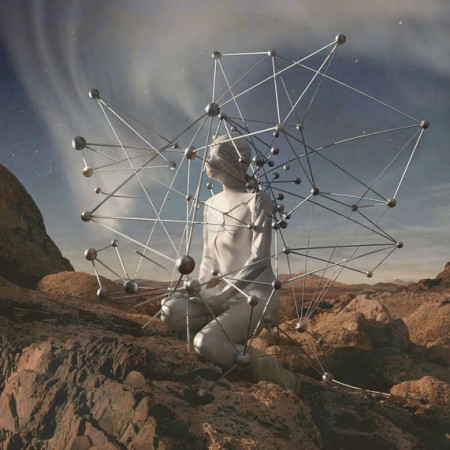
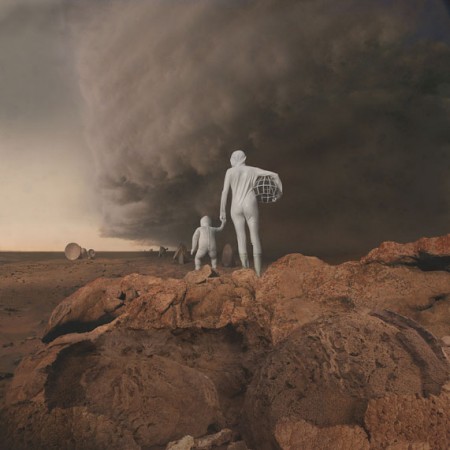
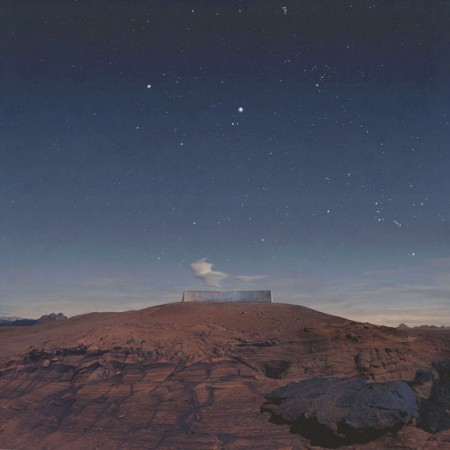


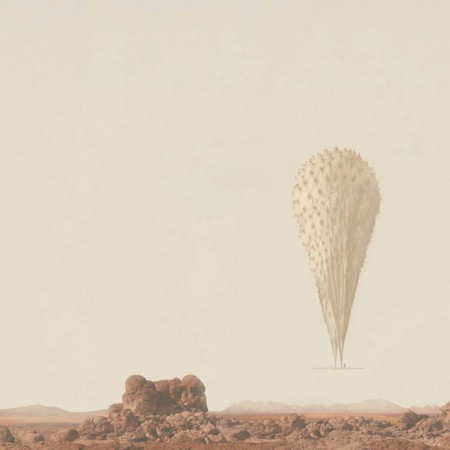
Kahn & Selesnick’s amazing martian-inspired photo series, gluing actual photos of the martian landscape taken by NASA’s Spirit & Opportunity rovers, with WWII bunkers, concrete sculptures, vintage russian space helmets, and landscapes in Nevada and Utah. Mmmm.
Sky Survey
The Sky Survey, 5,000 Megapixel image of space. There really isn’t too much I can write about this, other than you should probably be prepared to set your status to “Away” for a couple hours. Before doing that, check out the story behind it on the site as well as the iPad app. I’d imagine, if you can hook your new Retina Laptop up to a 1080p projector and shoot that on a wall, it’s going to look pretty impressive.
A year and many sleepless nights later I had amassed over 37,000 exposures. Even then, the work of unifying all the photographs took three months to complete and many hundreds of CPU hours. The data crunching consumed four terabytes of hard drive space and nearly equal amounts of patience but the end result seemed worth the wait.
Here’s the link to the Interactive 360, make sure to full screen it and enjoy!
Japanese Sci-Fi Art
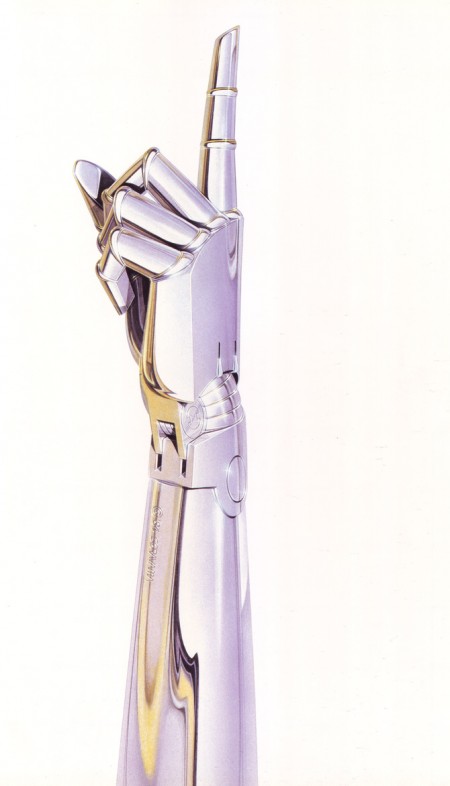

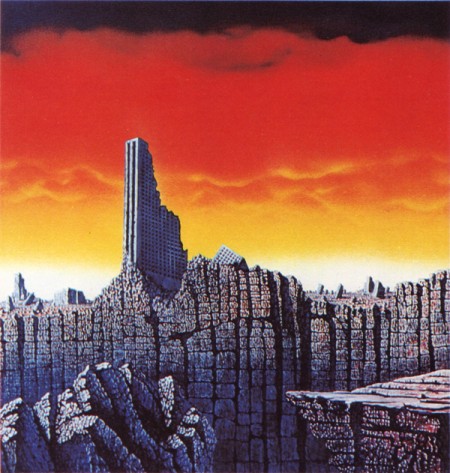


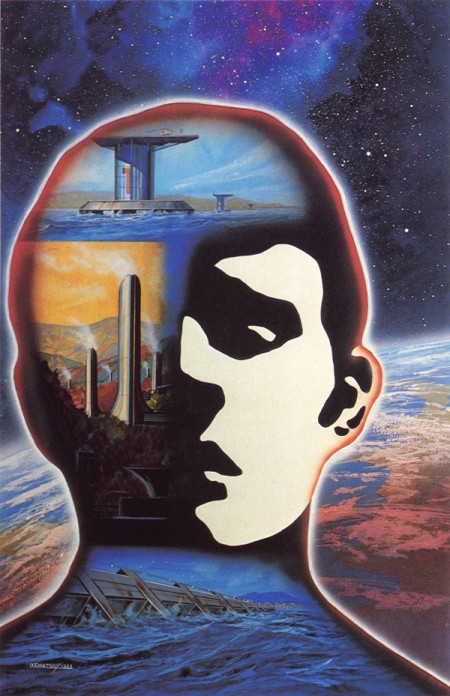
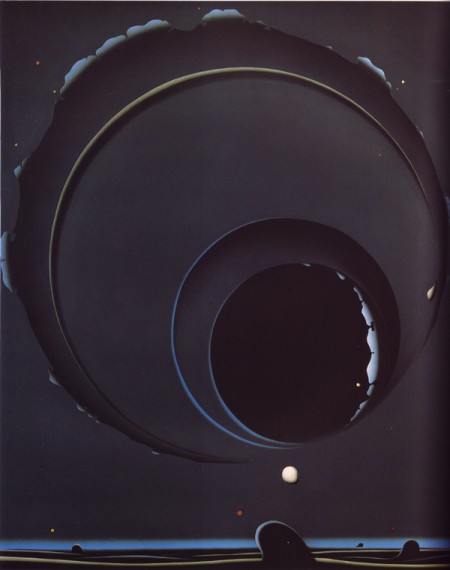
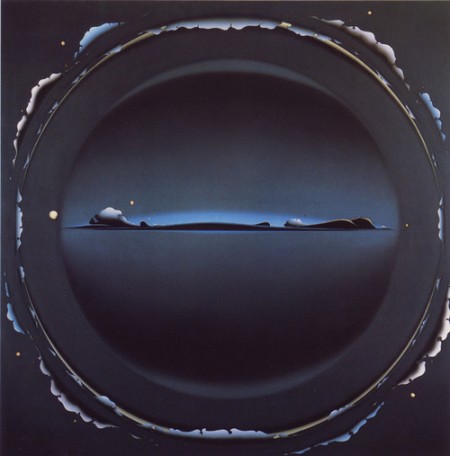
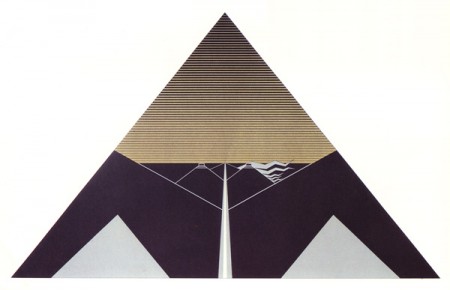
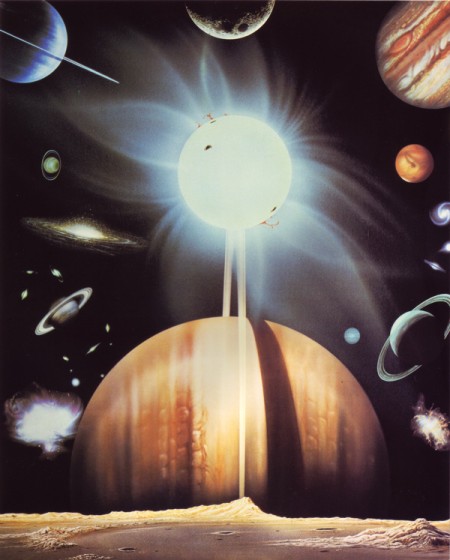
Dug thru a few sites to make this Japanese Sci-Fi poster collection bigger, anyone else a sucker for airbrush? seems like it took great concentration and a steady hand that doesn’t offer an eraser really. There’s something really romantic about most of these. I can really respect an artist that can create a terrain off the top of his head.
Daito Manabe

Daito Manabe is a Japanese artist, designer, programmer, DJ, VJ & composer, who just seems to be able to bend at will the use of technology as an artistic element. His programming skills are impressive to say the least, which are incorporated and put to use in a variety of different projects, installations and collaborations.
Below are a few examples of his work.
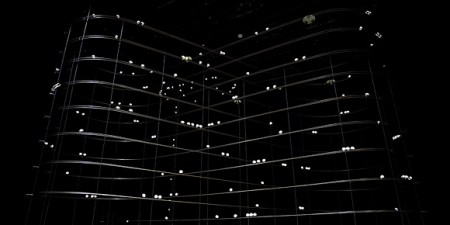
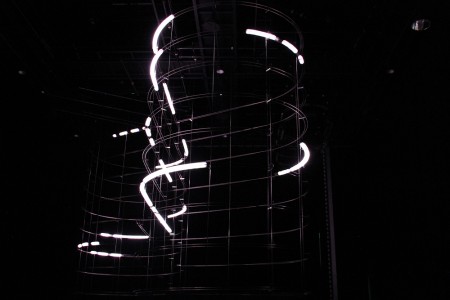
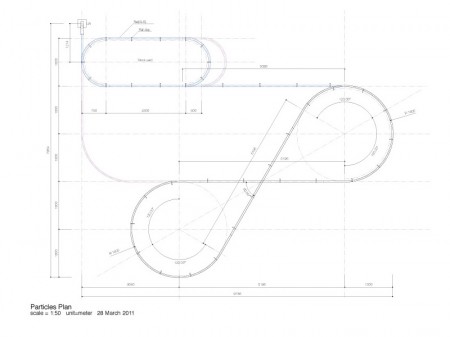


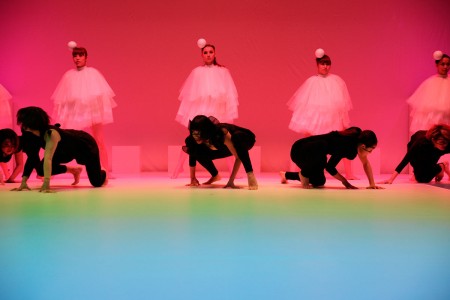
How good is that song in the last video? It says in the video’s description and comments that the track is by Ametsub, but that it cannot be found anywhere for download, as it was composed exclusively for the show. Maybe Jakub can find a way to get a hold of that track…? I want it. Bad.
Posted by B3PO
